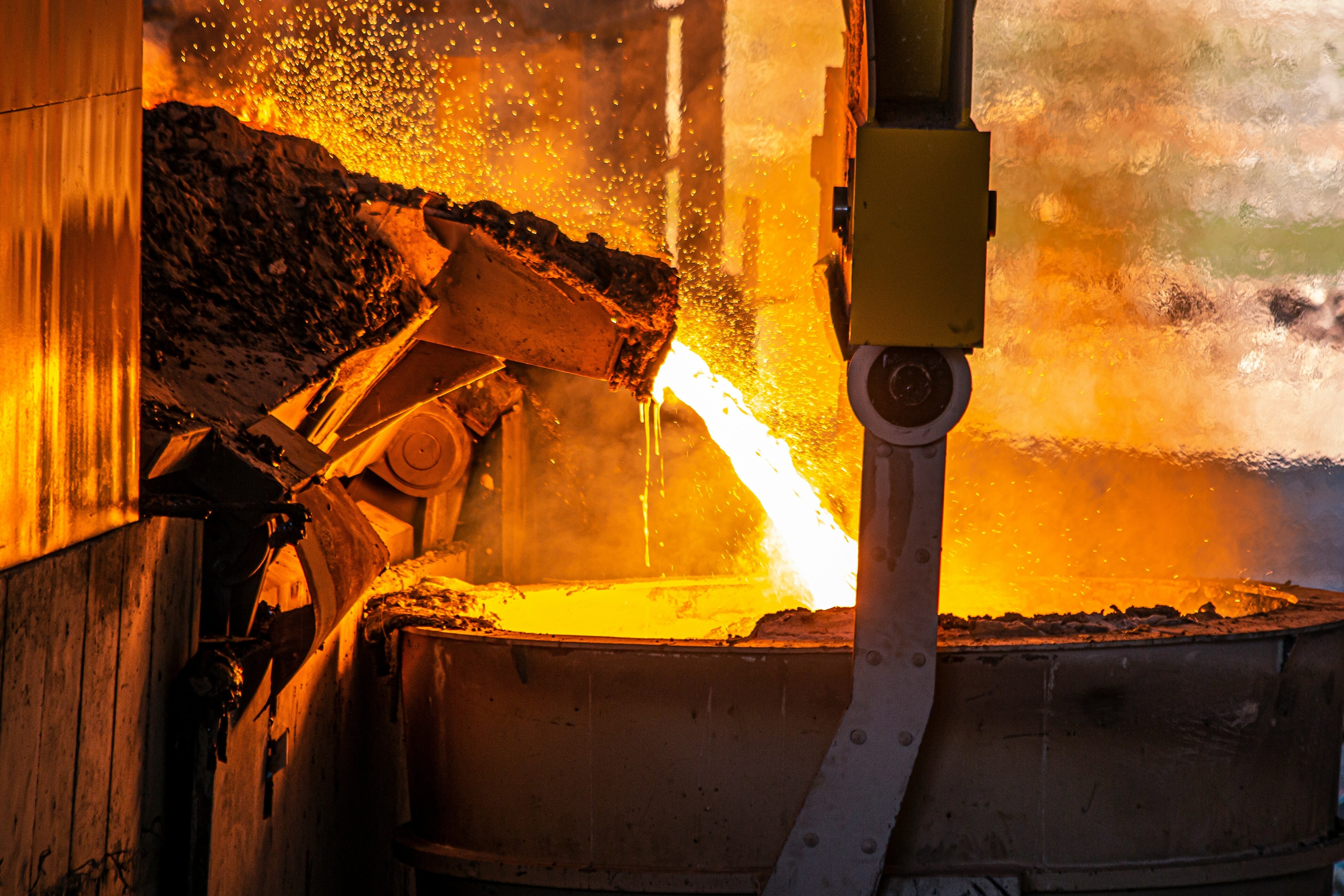How trainers are taking us a step closer to a circular economy

Circular thinking ... what can we learn from Nike's sustainably designed footwear? Image: REUTERS/Brendan McDermid
Antonia Gawel
Head, Climate; Deputy Head, Centre for Nature & Climate Member of the Executive Committee, World Economic Forum
Get involved with our crowdsourced digital platform to deliver impact at scale
Stay up to date:
Retail, Consumer Goods and Lifestyle
The circular economy is about creating a world that thrives while using our resources in a much smarter and cleaner way. This transition is not only essential to managing growing demand on our natural resources; it can also yield significant economic opportunity.
Analysis suggests that within the fast-moving consumer goods (FCMG) sector, the value of circular opportunities, globally, could be as much as US$700 billion per annum in savings on materials alone. Those materials savings would represent about 20% of the cost paid for raw materials by the industry.
This identified macroeconomic opportunity is impressive. The key challenge, however, is figuring out what it actually takes, in practice, to move towards a circular economy.
Enter Nike’s recently announced Sustainable Innovation plan. The company has set itself the ambitious goal of doubling its business while halving its environmental impact. The only way to achieve this by through embracing the circular economy and designing a “circular” shoe.
But what does it really mean to design a more circular shoe?
Design innovation
Thinking with a circular mindset from the initial phases of product design is critical. This can be done through using appropriate materials – recycled and recyclable with a minimal environmental footprint and impact, and designed for longevity rather than obsolescence – all while providing superior performance to the consumer.
Process innovation
In the apparel sector more broadly, about 15% of materials are wasted in the production process. New manufacturing technologies and materials, ranging from 3D printing to approaches such as Nike’s Flyknit and Adidas’s Primeknit technology, offer wide-ranging opportunities to significantly reduce waste associated with manufacturing processes. Nike estimates that their Flyknit technology reduces waste by about 60%, compared with cut-and-sew footwear.
Materials innovation
The materials used in the production process are as important as the process itself. Alongside production technology innovations, Adidas and Nike have also begun to use recycled materials in their shoes. Adidas has prototyped Primeknit shoes made from recovered ocean fishing nets while Nike is using recycled polyester, diverting plastic bottles from landfill.
Closing loops
The life of a shoe is not over when the race is won. Reusing, ideally upcycling, the materials within the shoe or product can ensure that the embedded resources find another application again, and again. Nike’s grind initiative is an interesting case in point.
Business model innovation
What if we no longer bought shoes, but rather paid for access to them? A few examples of “access over ownership” in the apparel sector are starting to emerge, from Rent the Runway to Mud Jeans. This business model transformation provides new incentives for companies to design longer-lasting products while at the same time providing consumers with the service they are after. A potential win-win, yet a nascent concept as yet in the FMCG sector.
In short, even making something as simple as a shoe circular requires innovation and transformation in business, design, production and consumption models. To achieve this transition at scale, it will require many more companies to take on such “moonshot” innovation initiatives. As we saw, this not only offers important economic opportunities, but can also provide consumers with more of what they want.
Don't miss any update on this topic
Create a free account and access your personalized content collection with our latest publications and analyses.
License and Republishing
World Economic Forum articles may be republished in accordance with the Creative Commons Attribution-NonCommercial-NoDerivatives 4.0 International Public License, and in accordance with our Terms of Use.
The views expressed in this article are those of the author alone and not the World Economic Forum.
The Agenda Weekly
A weekly update of the most important issues driving the global agenda
You can unsubscribe at any time using the link in our emails. For more details, review our privacy policy.
More on Circular EconomySee all
Daniel Boero Vargas and Mandy Chan
April 25, 2024
Margery Ryan and Anis Nassar
April 22, 2024
Johnny Wood
April 18, 2024
Johnny Wood
April 15, 2024
Kiva Allgood and Na Na
March 22, 2024
Valentina Carbone
February 28, 2024






